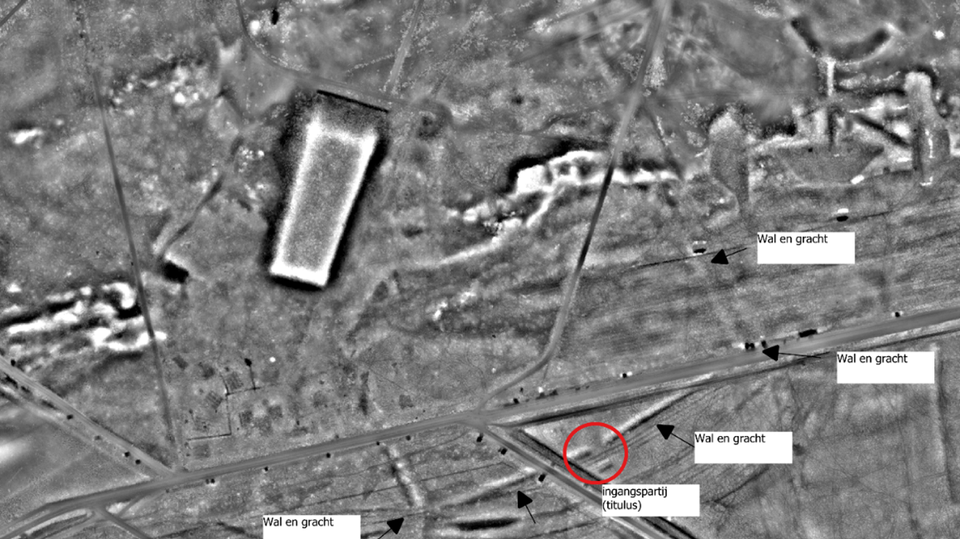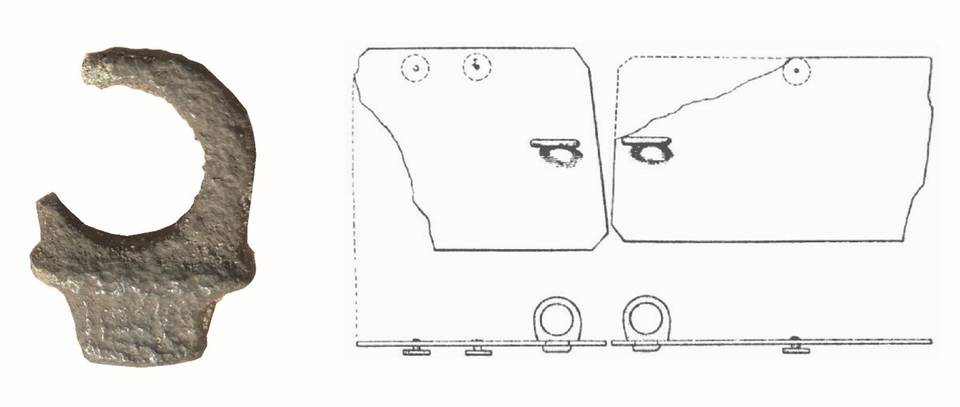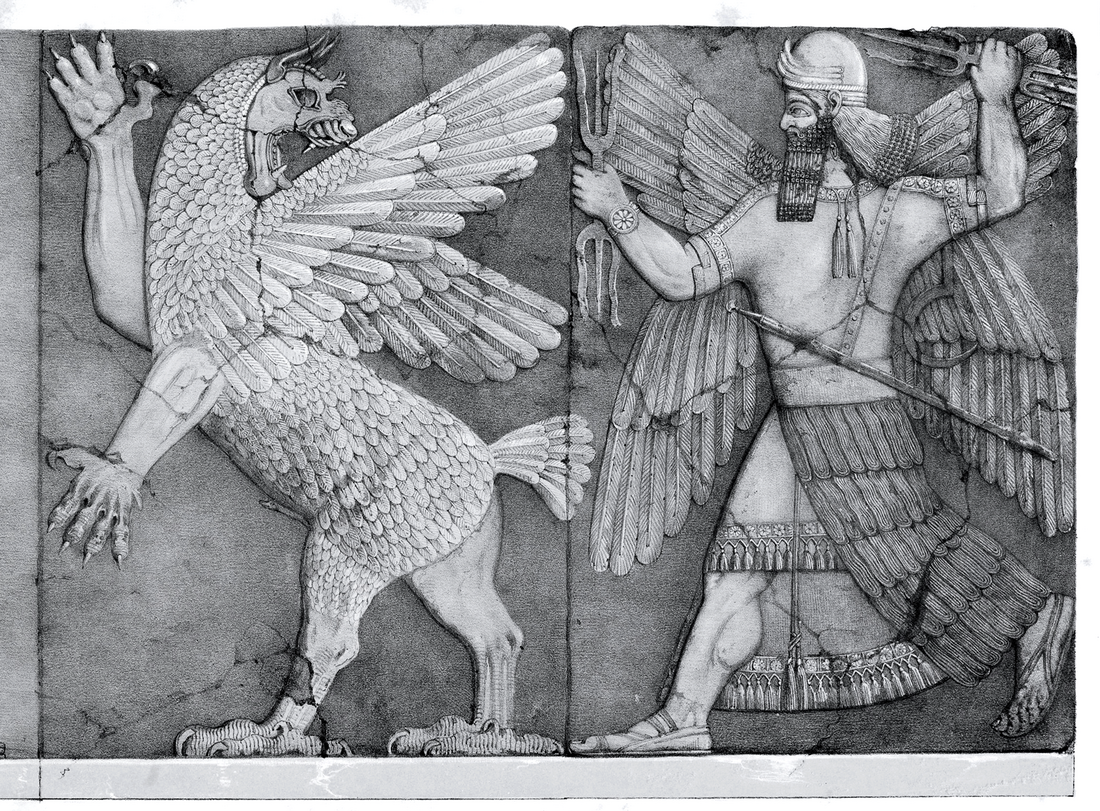University students and archaeologists have uncovered an ancient Roman camp located beyond the northern boundaries of the Roman Empire.
A team of university students had been sifting through the chalky soil of a site they were exploring, searching for artifacts or any signs of activity dating back to the Roman era. Having studied the area’s history for years, they believed they would find something—and their latest excavation finally confirmed it.
They discovered a “rare” Roman camp situated beyond the empire’s northern frontier—in present-day Netherlands.
But the project didn’t start in the field. It began in an office, where Jens Goeree, a student from the Saxion University of Applied Sciences, developed a computational model to pinpoint where ancient Roman camps might be located. This was explained by Saskia Stevens, archaeologist and professor at Utrecht University, in an interview with McClatchy News.
A section of the defensive trench of the Roman military camp.
Photo: Constructing the Limes
Goeree’s model indicated a possible Roman camp near the settlement of Hoog Buurlo. Professors and students involved in the research program, titled “Constructing the Limes,” then decided to investigate further.
Led by Stevens, the team included students from Saxion University’s Applied Sciences Department and Utrecht University, according to a press release dated May 26.
Defensive Ditch from the Roman Camp
One of the excavation trenches at Hoog Buurlo.
Photo: Constructing the Limes
Initially, the students took aerial photographs of Hoog Buurlo and scanned the area using pulse laser technology—LiDAR (Light Detection and Ranging)—as Stevens explained.
These scans and images revealed traces of ancient Roman walls, a defensive ditch, and multiple entrances. The team then surveyed the site with metal detectors and conducted several trial excavations, according to Stevens.
Photos show the excavation process and a fragment of a military belt unearthed at the site.
Artifacts and Roman Military Equipment
“Some artifacts were uncovered,” Stevens reported, confirming that Hoog Buurlo once served as a temporary Roman military camp around 1,800 years ago.
“What makes this discovery particularly unique,” Stevens explained in the press release, “is that the camp lies beyond the Roman Empire’s northern border.” This northern frontier—the Roman border forts known as the Limes—was located roughly 22 kilometers from Hoog Buurlo.
Utrecht University described the newly found camp as “rare.” While dozens of temporary camps have been found in Germany and hundreds in the United Kingdom, “only four such temporary Roman camps are known in the Netherlands,” Stevens noted.
Roman Military Equipment Fragment and Diagram Showing Its Use
Typically, Roman soldiers stayed in temporary camps for only a few days or weeks before advancing further. The Hoog Buurlo camp may have served as a stopping point en route to another camp at Ermelo-Leuvenum, reachable after a day’s march, the academics explained.
“With the ‘Constructing the Limes’ project, we focus on these camps because they provide valuable insights into the presence and operations of the Roman army in border regions,” Stevens said.
A piece of military equipment found at the site, along with a diagram illustrating how it was used.
Photo: Constructing the Limes
“They help us understand the routes Roman troops took and demonstrate how extensively the Romans utilized lands beyond the official borders of their empire.”
Hoog Buurlo is located in central Netherlands, about 75 kilometers from Amsterdam.










